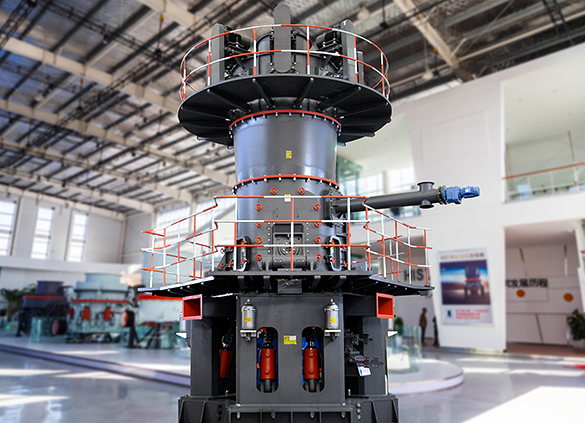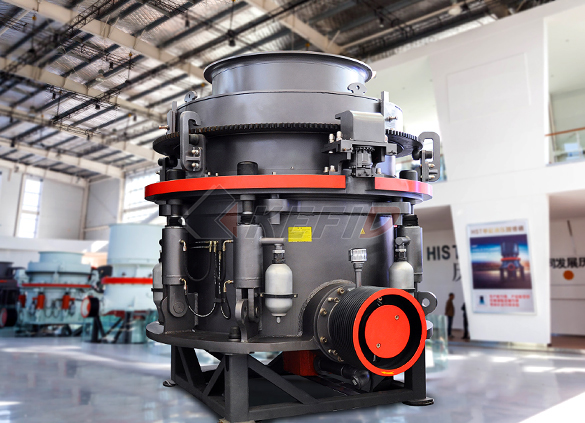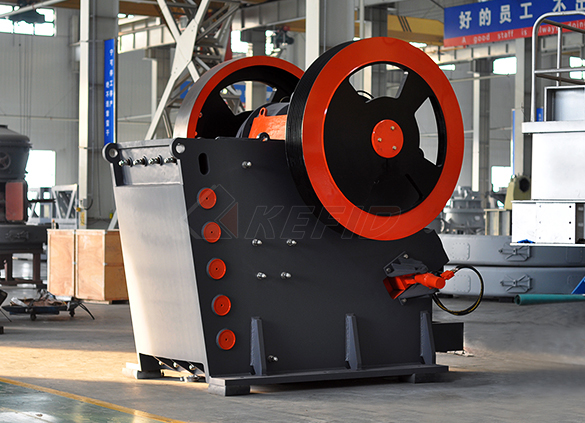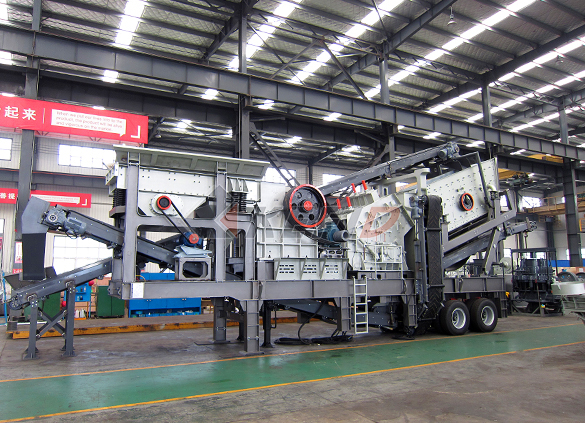NEWS
- Company News
- Kefid's impact crusher models
- Kefid single-cylinder hydraulic
- The equipment configuration and
- The future development of minin
- K series tire mobile crusher
- Bauma China 2020: Three new pro
- Basalt sand and gravel producti
- The crushing mechanism of impac
- The use of coal gangue and crus
- 325 mesh calcium carbonate powd
- Industry News
- The maintenance measures that i
- The standard of mechanism sand
- The technological processes of
- The technical advantages of Eur
- Concrete blocks recycling to bu
- A powerful tool for processing
- Stone crusher for railway proje
- The selection of crushing cavit
- The advantages of mobile sand m
- The solution to prevent corrosi
- Exhibition
- Special Report
- Faq
- How to maintain the production
- How to configure equipment for
- The composition of cement raymo
- I want to buy a coal mill with
- What equipment is needed for th
- What are the complete sets of e
- Regarding the waste disposal af
- What is the price of sand washe
- How much are the accessories of
- What is the reason for the slow
The application of superfine vertical milli in the 1250 mesh heavy calcium powder production
TSP is heavy calcium carbonate.It is white powder processed by mill with raw material of high quality limestone. Its main ingredient is CaCO3. TSP is usually used as a filler and widely used in household chemical industry such as man-made floor tiles, rubber, plastics, paper, coatings, paints, inks, cables, building supplies, food, pharmaceutical, textile, feed, toothpaste,etc.It play the role of as a filler to increase the volume of products and reduce the production costs.
In heavy calcium powder application, different industries require different fineness of heavy calcium. For different fineness of heavy calcium production, you need to choose different performance mill.
For ordinary 200 mesh, 325 mesh, 400 mesh heavy calcium production,you can choose raymond mill, MTW European type grinding mill, vertical mill, etc. They are mainly applies to general purpose powder production. The product fineness is between 80-400 mesh and the output can refer to different specifications.
For 600 mesh, 800 mesh, 1000 mesh, 1250 mesh superfine heavy calcium production,we need to use ultra-fine powder processing equipment. According to ultra-fine powder processing field,Kefid developed LUM ultra-fine vertical mill and HGM ultrafine powder mill. The stand-alone output of LUM ultrafine vertical mill is up to 18 t/h.It is ideally suited for large-scale production of ultra-fine heavy calcium.
LUM series ultra-fine vertical mill is a new type of ultra-fine professional grinding equipment developed by Kefid based on vertical mill and introduced Germany roll technology.It is suitable for various of non-metallic mineral milling such as TSP, limestone, calcite, dolomite, talc, barite, kaolin, etc.
LUM superfine vertical mill unique technical advantages:
1. High grinding efficiency, less pollution, high whiteness and clarity product;
2. Advanced select powder technology, efficient, energy-saving than conventional mill about 30% to 50%;
3. Safe running, intelligent control systems;
4. Less wear, convenient maintenance, maximize reducing downtime;
5. Environmental protection meet the national environmental protection requirements.













